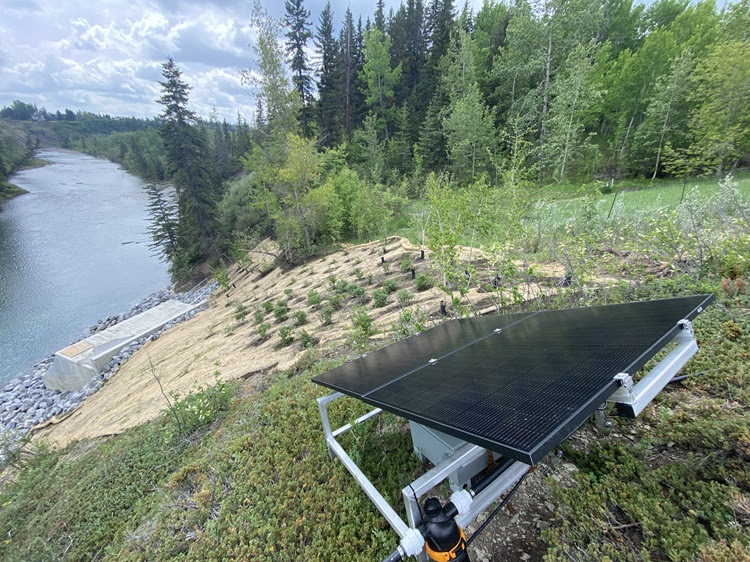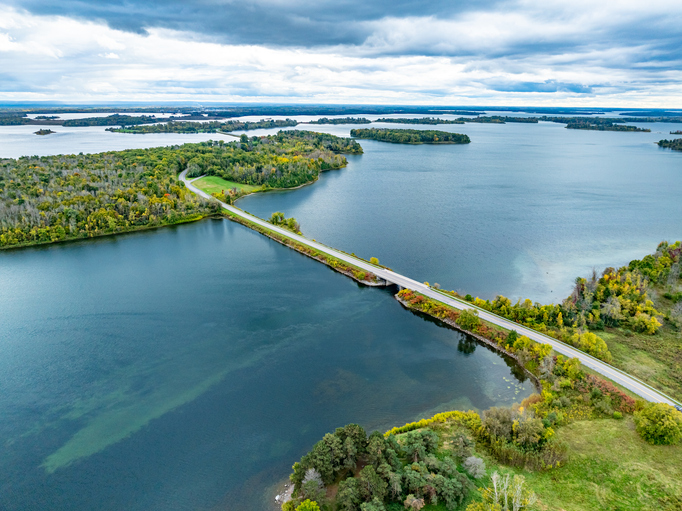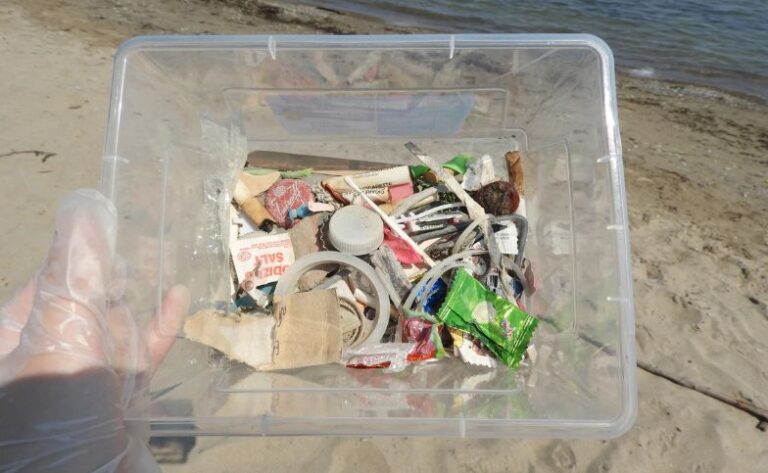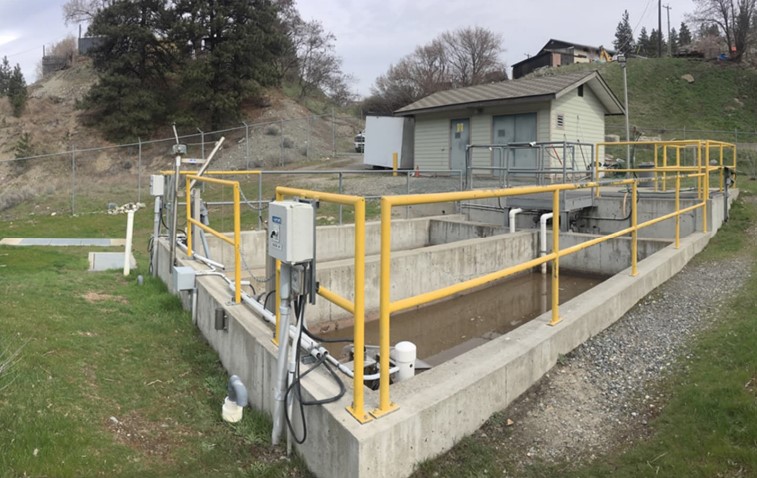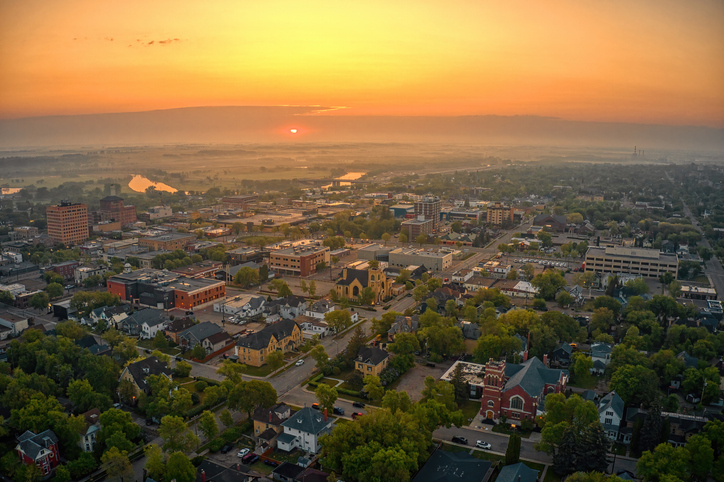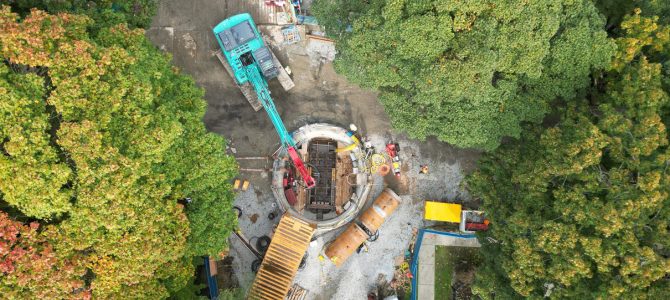To ensure that plants receive the water they need, Alberta is removing the requirement to have a temporary diversion licence to water plants as part of a riparian restoration project. This change will cut unnecessary red tape, keep plants alive and ensure the time and money that communities and businesses put into watershed restoration projects are not wasted.
Traditionally, a licence has been required in Alberta to water newly planted trees, shrubs, grasses and other vegetation along rivers, creeks and lakes. This requirement means that otherwise healthy plants could die from lack of water if a licence could not be obtained in time due to bureaucratic delays, water shortages or drought conditions in the area.
“Freedom to water is about cutting through the clutter of bureaucracy so real work can happen. This change stops the waste, ends the delays and lets communities focus on restoring Alberta’s rivers, creeks and lake banks – not filling out forms,” said Rebecca Schulz, Minister of Environment and Protected Areas.
“This amendment is a huge step forward for practical, common-sense riparian restoration in Alberta. This simple change will reduce flood and drought risk, protect our watersheds and ensure Alberta’s restoration efforts are resilient and effective. We applaud the Alberta government for listening to restoration practitioners, cutting red tape and delivering a solution that benefits both the environment and Albertans,” said Andrew Renaux, chief executive officer and founder, Leaf Ninjas.
Riparian restoration projects are crucial for expanding, repairing and rejuvenating ecosystems near water bodies. The requirement to have a temporary diversion licence made this important work more difficult by adding additional costs onto small companies and organizations and delaying projects while waiting for licences. It also meant that if a licence could not be obtained or water shortages were seen in an area, water had to be trucked in, or the plants were left to die.
“Our government is pleased to support the important work of restoring riparian areas and improving the health of our rivers. Allowing a small quantity of water to be used without a licence will help establish healthy, lush vegetation along previously degraded riverbanks and help make these projects successful over the long term,” said Grant Hunter, Associate Minister of Water.
“By cutting unnecessary red tape, we’re empowering communities and ecological restoration groups to focus on what really matters: restoring Alberta’s watersheds. This change will ensure that their hard work and investment won’t be lost to bureaucratic delays, allowing more time to focus on helping plants thrive and our environment flourish,” said Dale Nally, Minister of Service Alberta and Red Tape Reduction.
With the removal of the requirement to have a temporary diversion licence, more restoration projects will be able to adapt to changing conditions. In addition to the removal of the temporary diversion licence requirement, there are new industry-led technologies like solar-powered drip systems that make watering more efficient than ever and reduce the amount of water needed.
Image credit to Leaf Ninja.

